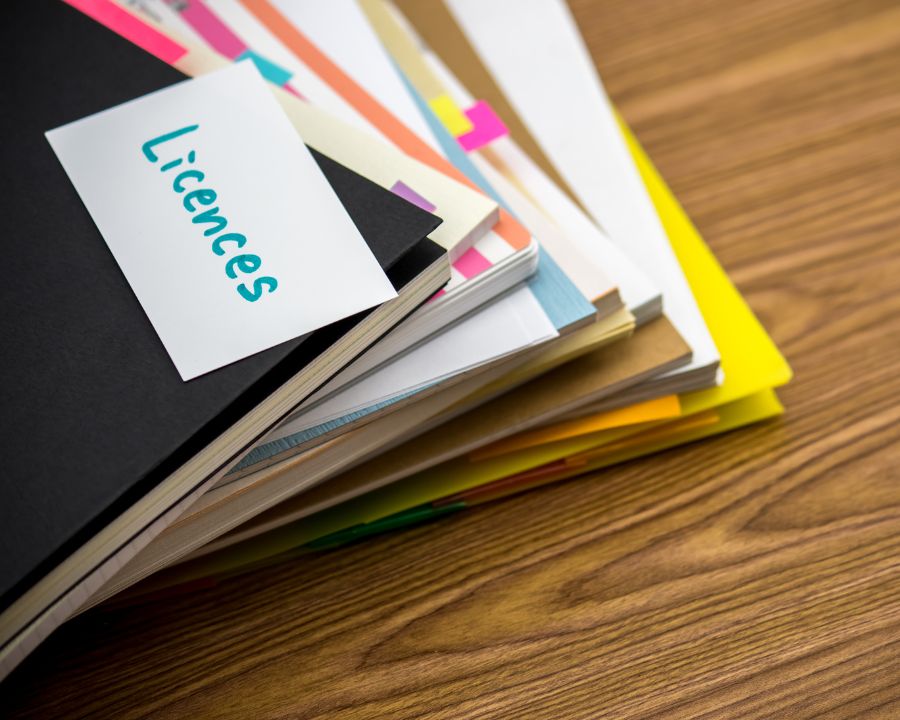What you need to know about the Department of Transport driving test
Ready to get your licence? Discover essential tips and requirements to help you ace your practical driving assessment and get on the road with confidence.
Getting ready for your Department of Transport driving test is a significant milestone in your journey towards independence. According to the Department of Infrastructure and Transport in South Australia, approximately 50,000 driving tests are conducted annually, with a first-time pass rate of over 80%. This highlights the importance of being well-prepared and knowing exactly what to expect on test day.
For many learner drivers, taking their practical driving assessment—especially if it’s their first time—can be a very nerve-wracking experience. However, understanding the requirements and being properly prepared can significantly boost your confidence and increase your chances of success.
By familiarising yourself with the essential information and requirements before your test, you'll be better equipped to demonstrate your driving skills and road safety knowledge to your assessor.
Essential preparation for your driving test
Before you head to your Department of Transport driving test, it's crucial to understand exactly what you'll need and what to expect. Being well-prepared will help calm your nerves and ensure you're ready to showcase your driving abilities. Here's everything you need to know to approach your practical driving assessment with confidence.

Documentation requirements
Ensure you have all necessary paperwork ready, including your learner licence, log book with completed hours, and proof of identity. In NSW for instance, if you’re under 25, your log book must be filled out correctly with a minimum of 120 hours of supervised driving, including 20 hours of night driving. Double-check that all log entries are signed by your supervising drivers.

Vehicle preparation
Your test vehicle must be registered, roadworthy and clean. Ensure all indicators, brake lights and headlights are functioning properly. The vehicle should have L-plates clearly displayed, an accessible handbrake for the assessor, and working seatbelts. Clean windows and mirrors are essential for optimal visibility so make sure you tick all these boxes before making your attempt.

Test centre arrival
Make plans to arrive at least 15 minutes before your scheduled test time. This allows time for paperwork processing, vehicle checks, and personal preparation for the test. If you arrive late, your test may be cancelled and you'll forfeit your registration fee. Use this time to familiarise yourself with the testing centre environment and take some deep breaths to calm your nerves.

Testing process
The test typically takes 30-45 minutes to complete, including vehicle safety checks and the practical driving component. Your assessor will guide you through various driving tasks, including parking manoeuvres, traffic navigation, and road rule compliance. Listen carefully to instructions and ask for clarification if needed so that you have the best possible chance of succeeding.
What Our Community Says About Us
Our Partners





How Youthsafe supports young Australian drivers
Youthsafe is committed to helping young drivers develop safe driving habits and build confidence on the road. Through our Driver Licensing Access Program (DLAP), we provide additional support and resources to help learner drivers prepare for their Department of Transport driving test.
Working closely with transport authorities and driving schools, Youthsafe helps ensure young drivers are well-prepared for both their practical assessment and a lifetime of safe driving.
FAQs
The most common reasons for failing include:
Understanding these common issues can help you focus your practice on critical areas.
If you make a mistake during your driving test:
Remember, not all mistakes result in automatic failure. Assessors look at your overall driving performance and ability to handle situations safely.


